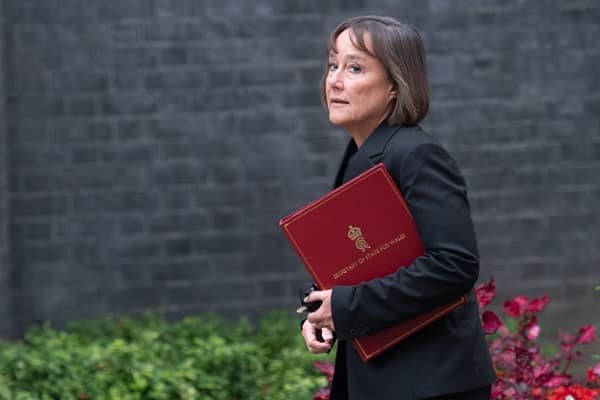Jobs
University College London staff voice concern over ‘dismantling’ of Art Museum

Academics are outraged that University College London (UCL) has failed to put its Art Museum and significant art collection at the heart of its bicentennial redevelopment plans.
David Bindman, UCL’s emeritus professor of the history of art, voiced concern that the museum in the South Cloisters – the centre of William Wilkins’ 1820s building – is being turned into a mixed-use space under proposals submitted to the planning authority, Camden council.
“It’s outrageous,” he told the Observer. “UCL is in the process of dismantling its Art Museum to make way for alterations to the Grade I-listed building. There’s no destination for it. It has been an important publicly funded museum, used extensively for exhibitions and teaching. Now the idea is to sweep it away and make it into a kind of open, free-flowing space so that people can hire it.”
A UCL document on the redevelopment plans states the area housing the museum will be completely remodelled and refurbished as “a flexible space to support events such as welcome week, the student union fair, societies and exhibitions”.
The collection comprises about 10,000 artworks including the holdings of the UCL Slade School of Fine Art, whose students have included Stanley Spencer and Augustus John.
It boasts significant paintings such as Spencer’s The Nativity, 1912, and John’s Moses and the Brazen Serpent, 1898, as well as prints and drawings dating back to the 16th century. It is particularly noted for its collection of female artists who attended the Slade, including Dora Carrington and Paula Rego.
Bindman, who headed the art history department for nine years until 2000, said of UCL’s plan: “It pays no attention to the museum as a secure space and a controlled environment. You can’t combine a museum with precious objects and an open space.”
He added: “The proposal is to put everything in store. At the moment, they’re saying, ‘we’ll find a place for the museum eventually’.”In a letter to the UCL authorities, staff expressed “deep concern regarding plans to decant UCL Art Museum in November”, warning that “UCL is seriously risking its reputation”. They added: “UCL Art Museum is used for teaching and research across the university, and its reputation is global in reach … The museum’s collections are of national and international significance.”
The museum is in the Cloisters, which boasts a magnificent mosaic designed by Henri Triqueti, the 19th-century French sculptor, whose patrons included Queen Victoria. Titled the “Marmor Homericum”, it depicts the inhabitants of Delos listening to Homer reciting the Illiad. It was commissioned by George Grote, one of UCL’s founders.
Bindman said: “Triqueti is an important Victorian artist who did a lot in Windsor Castle, and UCL is planning to take that down and put a lift in its place. It would be an act of gross philistinism.”
after newsletter promotion
There is also uncertainty over plaster models by the neoclassical British artist John Flaxman as they are expected to be removed from their ground-floor display, although part of a major collection donated by his family to UCL in the 1850s.
A UCL spokesperson said: “As part of a significant redevelopment project, we are transforming UCL’s iconic Quad, along with its surrounding buildings, to ensure our central London campus is a more sustainable, accessible and inclusive place for all our students, staff and visitors. These improvements will help preserve the history of spaces at UCL, while making them more functional and usable, enhancing UCL’s estate ahead of our Bicentenary in 2026.
“While the Art Museum will be temporarily closed, its collections are being carefully stored and can still be accessed for research, teaching and for open days. In the longer-term we aim to provide new gallery and exhibition space, so our students and the public have better access to these important art works.”










